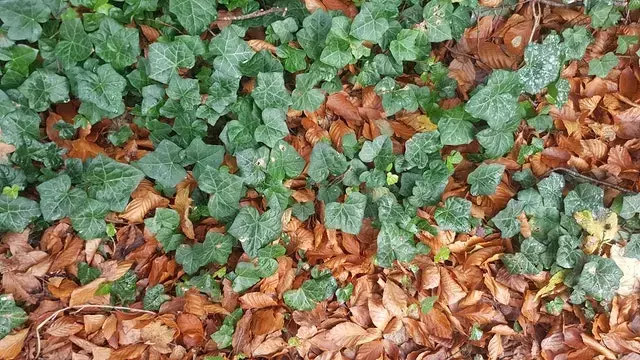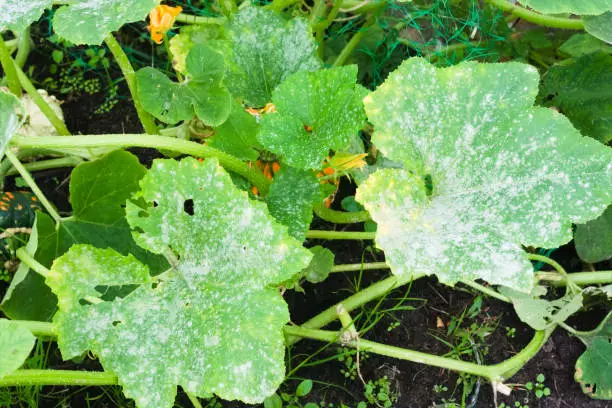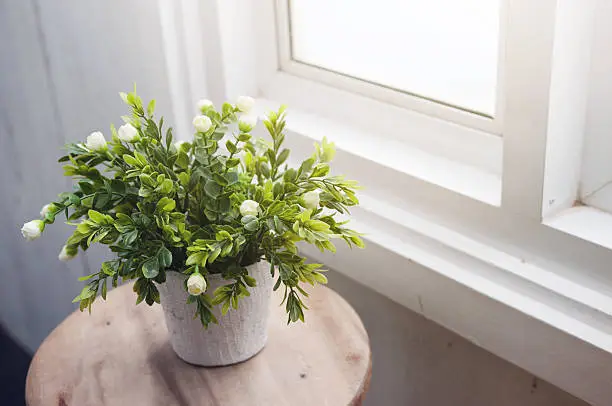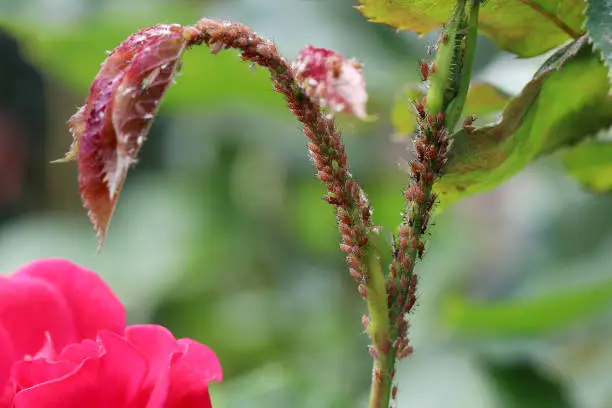Creeping charlie can take over your lawn and garden and become very difficult to get rid of. While broadleaf herbicides can help, you can also use borax to kill creeping charlie. But how does borax work as a selective weed killer?
To get rid of creeping charlie, mix 10 ounces of borax with 3 gallons of water and spray over 1000 square feet of lawn with the weed. This is the right dosage to selectively get rid of ground ivy without killing grass. Borax will work within 1 week when the leaves of ground ivy will start turning brown.
Creeping Charlie, also known as ground ivy, is a creeping, invasive weed common in gardens and lawns. It is very difficult to control because it spreads by vining stems that root at their nodes as well as seeds.

A good broadleaf herbicide with dicamba can get rid of creeping charlie without killing grass. However, an application of borax can also control creeping charlie in lawns.
Does borax kill creeping charlie in lawns?
Borax kills creeping charlie because it contains boron, a micronutrient that when in excess becomes toxic to the plant. ground ivy weed has a higher sensitivity to increased borax toxicity in the soil. This is why borax can control creeping charlie without killing grass on your lawn.
Boron is a micronutrient that’s beneficial to plants. Small amounts of boron are beneficial for plant cell growth and development.
To kill creeping charlie in your lawn, you can apply borax to increase the boron toxicity in the soil and eventually get rid of ground ivy and a few other stubborn weeds without killing turfgrass.
How to Get Rid of Creeping Charlie with Borax
Borax can work as a selective homemade weed killer for creeping charlie. It is, however, important to apply it in the right dosage to prevent causing damage to your lawn.
Here’s how to kill creeping charlie using borax:
- Mix 10 oz of borax in 3 gallons of water.
- Stir well to mix and create a solution.
- Apply the borax solution over 1000 sq. ft. of turfgrass affected with creeping charlie weeds.
- Wait for a week or two to see signs of dying ground ivy.
- Repeat the application after about 2 months if you do not see results.
When using this solution as a selective organic herbicide to get rid of creeping charlie in your lawn, ensure you do not overdose. 10 ounces of borax mixed in 3 gallons is enough to increase boron toxicity in the soil and kill creeping charlie without killing grass in your lawn.
Pro tip: Selectively targeting ground ivy weed in a lawn full of grass is achieved by following the dosage requirements. Increasing the amount of borax you spray on your lawn will eventually cause damage by killing turfgrass.
How do you know borax is working?
You’ll start to see signs of boron toxicity as soon as you apply borax to the lawn to control weeds. They include:
- Yellowing and eventual browning of leaves of the weeds.
- Drying tips of the leaves.
- Stunted growth.
- Poor root development.
According to a research paper by Marco Landi et al, “Excess B in soil results in growth impairment and alteration of plant metabolism, causing progressive necrosis in leaves, stems, and malformations…”
These signs that Borax is killing ground ivy occur because excess boron quickly starts to impair plant cell division and metabolism.
You should expect to start seeing results within a week of using borax to kill creeping charlie. Signs such as the browning of leaves of ground ivy will be clear evidence that the weed is finally dying and no longer growing.
You may also notice that there’s very little spread of the weed, meaning your turfgrass will have a better chance of outgrowing the creepy weed and choking it out.
Precautions of Using Borax as a Weed Killer
Since creeping charlie is a stubborn perennial weed, it can easily take over your lawn and kill all the grass, especially in shaded, wet areas.
When using borax to get rid of creeping charlie on your lawn, be careful not to apply excess of it because you can also cause damage to your grass.
Possible signs of damage in your garden may include leaves starting to become brown and your flowers and plants will die. In lawns, you’ll notice little brown patches of dying grass.
References
- Landi, M., Margaritopoulou, T., Papadakis, I.E., et al. Boron toxicity in higher plants: an update. Planta 250, 1011–1032 (2019). https://link.springer.com/article/10.1007/s00425-019-03220-4#citeas
- Iowa State University Extension and Outreach, Horticulture and Pest News: Control of Ground Ivy in the Lawn
- Michigan State University: Scouting for weeds: Ground ivy (creeping Charlie)



